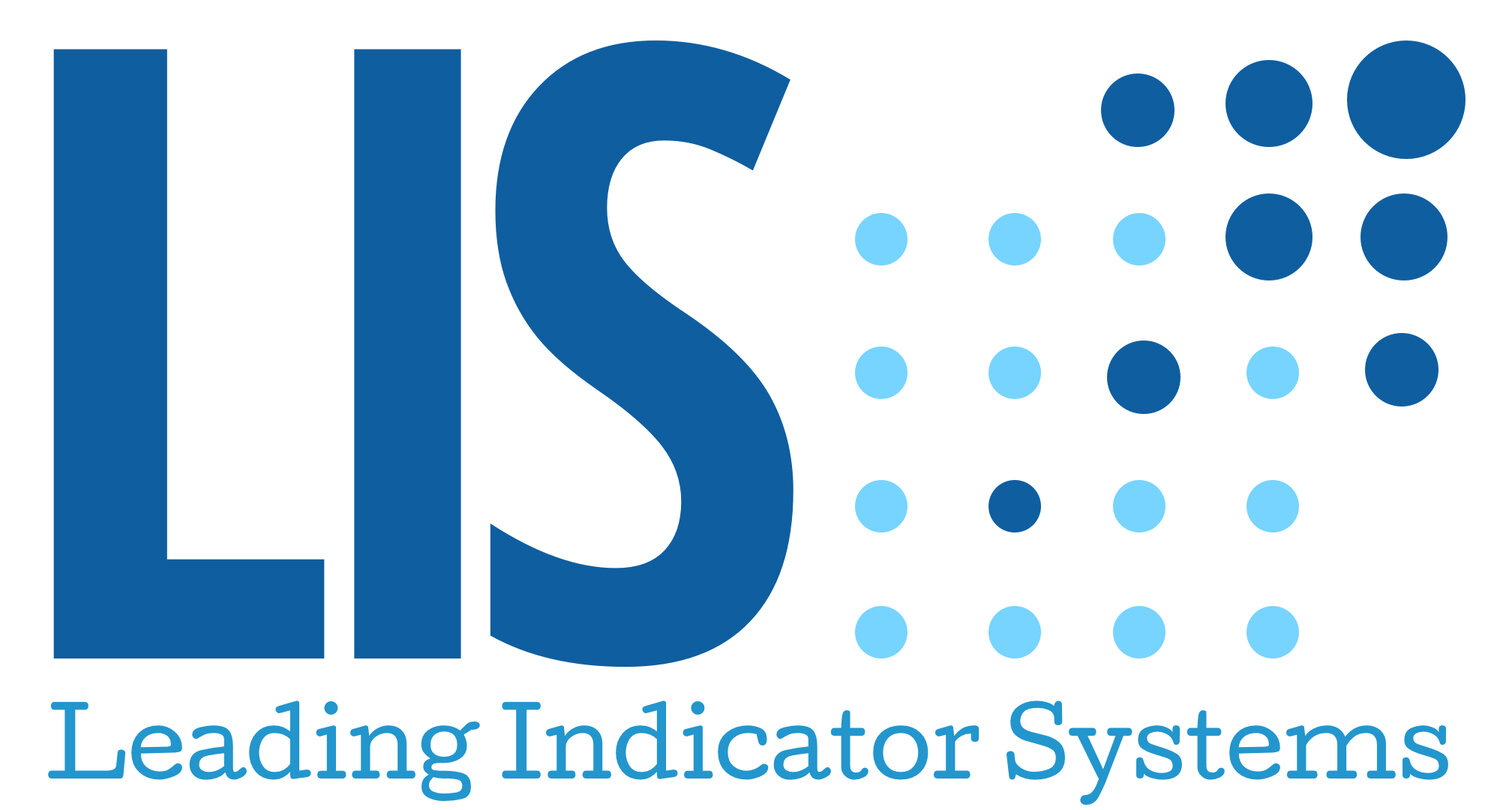
Subliminal social motivation
Unconscious emotional processes drive our conscious social motivations
“David,” a patient of Damasio’s with extensive damage to both temporal lobes and hippocampus, was unable to learn any new information. Over the course of a week, David was exposed to three characters - a “good guy,” who was warm, cheerful and benevolent, a “neutral guy,” and a “bad guy,” who was cold, abrupt, and required David to sit for a series of boring tests. In order to up the ante, the “bad guy” role was played by a “young, pleasant, and beautiful woman neuropsychologist,”of whom David would ordinarily be fond. After the week, he was shown photos of the characters (none of which he consciously recognized) and asked “To whom would you go if you needed help? And who do you think is your friend in this group”? Without any conscious awareness, David picked the “good guy” 80 percent of the time; the “bad guy” was never picked.
This finding has been replicated in patients who can no longer consciously recognize faces, a condition known as prosopagnosia. Such patients reliably demonstrate differential electrodermal response to familiar versus unfamiliar faces.
Conclusion: Unconscious motivational forces drive conscious preferences for other people.

